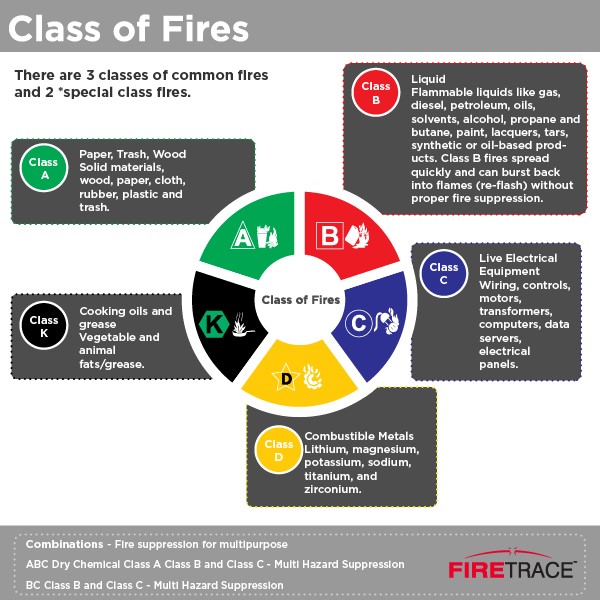class k fires include
Because they can spread quickly and be difficult to manage Class K fires are some of the. Greases cooking oils vegetable fat and animal fat are all fuel sources found in Class K fires.

Classes Of Fire An In Depth Look At Fire Prevention
These fires are also known as Kitchen fires because they are fires caused by.
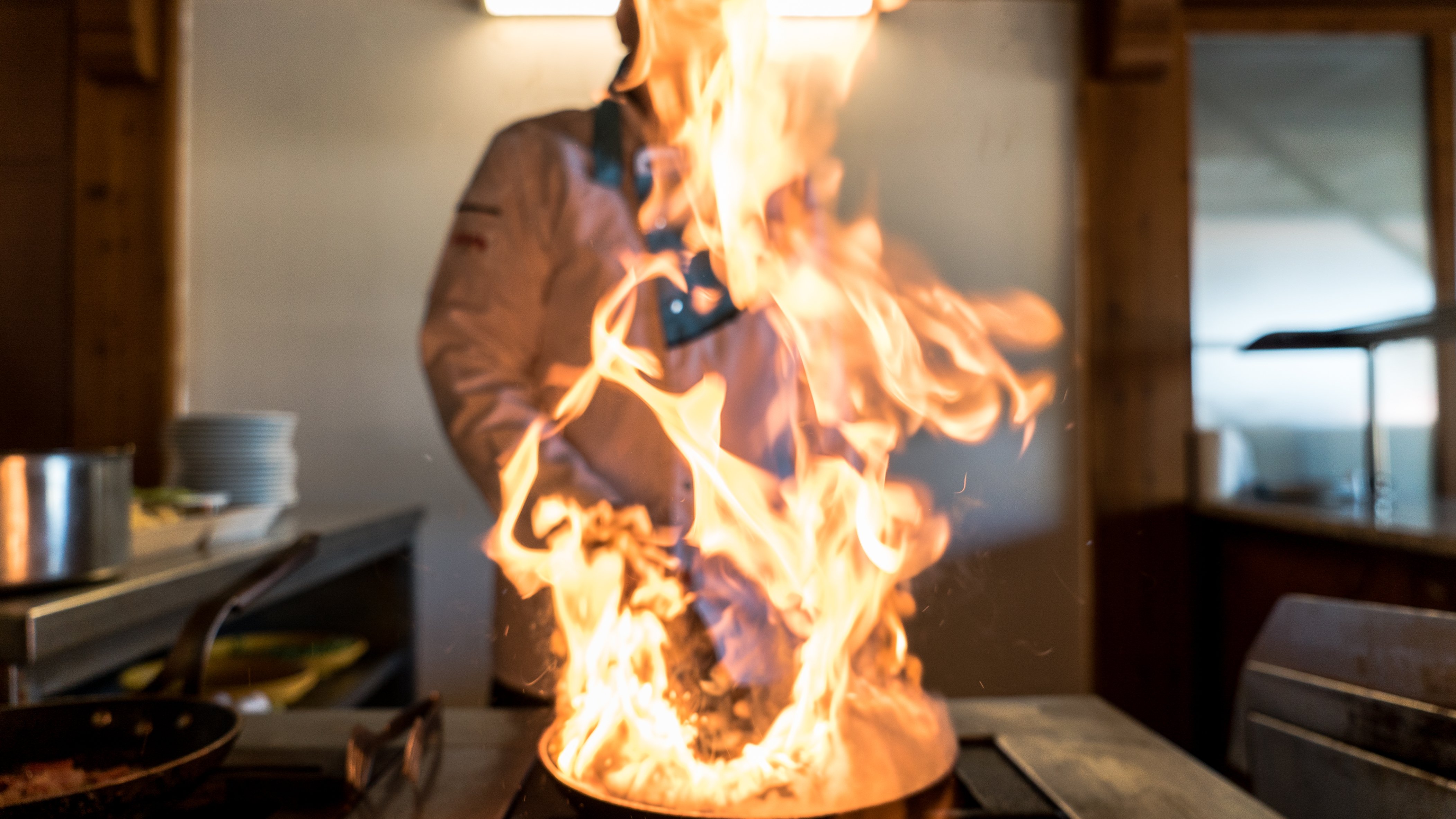
. Fires involving cooking oils and fats are classified as Class F under the European and Australian systems and Class K under the American system. What is fire extinguisher K made of. Class K fires are those that are fueled by flammable liquids unique to cooking such as cooking oils and greases that are vegetable and animal fat-based.
Such fires can be very dangerous and far more destructive than you may think. Cooking fires are fueled by a wide range of liquid cooking materials. These common fires start from the combustion of liquid cooking materials including grease oils and vegetable and animal fats.
In America it is known as Class K whereas in Europe it is known as Class F. Class K fires are cooking fires that come about from liquid combustion. Sound like a lot.
These types of fires are a concern in restaurant services but also in homes. SYMBOLS FOR FIRE CLASSES DESIGNATION. Liquid cooking materials can include grease vegetable fat cooking oils and animal fats.
A Class K fire can also be known as Class F fires. Class K fires are naturally of concern in the food service and restaurant industry. Class B fires do not include fires involving cooking oils and grease.
Remove the power and the Class C fire becomes one of the other classes of fire. Specifically they are a type of liquid fire. Technically a type of liquid fire Class K fires are distinct enough to warrant their own classification.
Picture 1 - Symbols used for classification of fire. Class K Fires - To be able to fight a fire effectively it is important to know how it starts and what is fueling it to burn. Cooking fires are fueled by a wide range of liquid cooking materials.
Extinguishers with a K rating are designed to extinguish fires involving vegetable oils animal oils or fats utilized in commercial cooking appliances. Electrical equipment appliances and wiring in which the use or a nonconductive extinguishing agent prevents injury. Class K Fires are fires that involve cooking oils grease or animal fat and can be extinguished using Purple K the typical agent found in kitchen or galley extinguishers.
Class B fires also include flammable gases such as propane and butane. Class K fires are naturally of concern in the food service and restaurant industry. Clearly the classification of a fire depends on what is burning.
Although they technically are liquid fires they come under their own classification as theyre a common house fire cause. Class K fires are categorized separately because of their unique setting and are instead associated with cooking liquids in the food service and restaurant industry. Class K fires involve vegetable oils animal oils or fats in cooking appliances.
Class C Class C fires are fires involving energized electrical equipment such as motors transformers and appliances. Class K fires normally burn a certain type of fuel such as cooking oil and fats and can spread very quickly. Cooking Oils andor Fats.
Though such fires are technically a subclass of the flammable liquidgas class the special characteristics of these types of fires namely the higher flash point are considered important enough to recognize separately. Ordinary solid combustibles such as paper wood cloth and some plastics. Class K fires involve flammable liquids similar to Class B fires but are specifically related to food service and the restaurant industry.
Class K fires are fires in cooking appliances that involve combustible cooking media vegetable animal oils or fats. A fire often happens if a pan is left on the stove for too long unattended and the oil ignites. Examples of combustibles that cause a Class A fire include things such as paper rubber wood textiles straw plastic etc.
Class K fires similar to Class B fires occur as a result of the combustion of flammable liquids. What does a Class K fire include. When these substances reach high temperatures as they naturally do in the kitchen a sudden and potentially volatile fire can easily ignite.
These liquid cooking materials include. A class K fire extinguisher is used to control fires involving cooking media such as oils fats and grease commonly found in cooking places such as commercial restaurantsThese fire extinguishers work through saponification to extinguish flames completely. Flammable liquids such as alcohol ether oil gasoline and grease which are best extinguished by smothering.
An easy way to remember these types of Fires is beat Class A leaves an Ash beat Class B boilsbeat Class C has current beat and Class D has Dense Material beat. Class K Fires. Greases cooking oils vegetable fat and animal fat are some common fuel sources.
WHAT ARE CLASS K FIRES. Fire extinguishers are classified depending on the type of fire that they will extinguish. These fires are most commonly kitchen fires as they involve cooking oils.

What Is A Class K Fire Extinguisher Used For
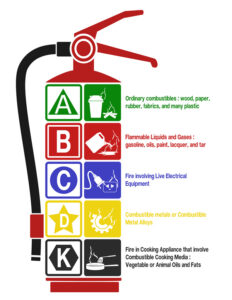
Everything You Need To Know About A Class K Fire Extinguisher

Fire Safety Airswift Safety Moment
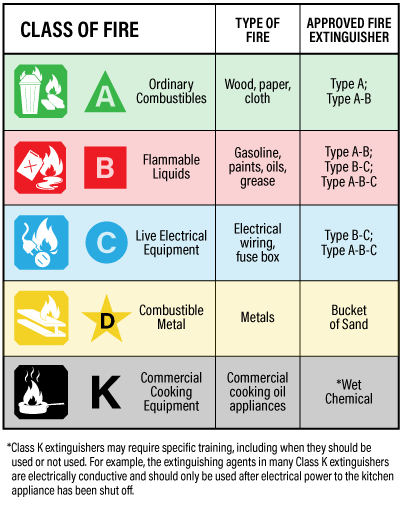
Fire Extinguishers Portable Osh Answers
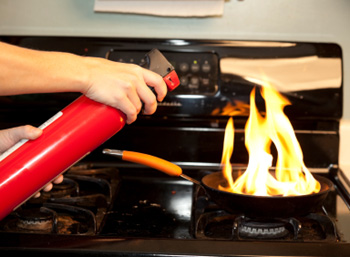
Kitchen Class K Fires How To Fight Them
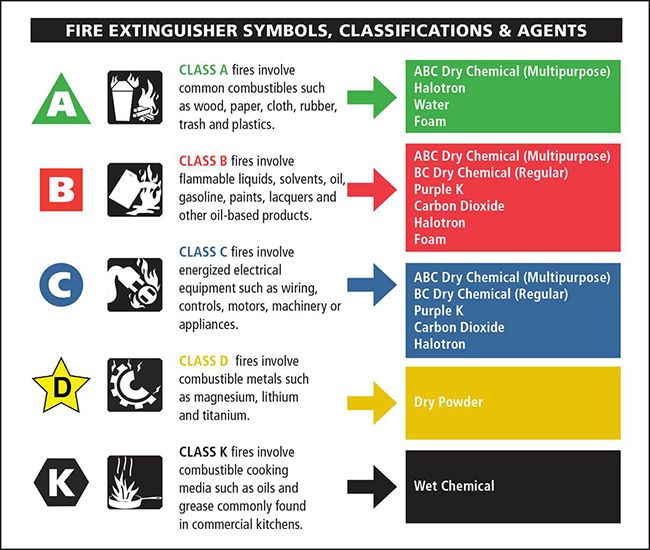
Types Of Fires Kidde Fire Safety

Buckeye 6 Liter Class K Wet Chemical Fire Extinguisher Tagged Rechargeable Ul Rating 1a K Fire Extinguisher Extinguisher Buckeye
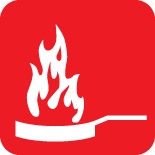
Portable Fire Extinguishers Fire Extinguisher Uses Fire Equipment

Everything You Need To Know About A Class K Fire Extinguisher
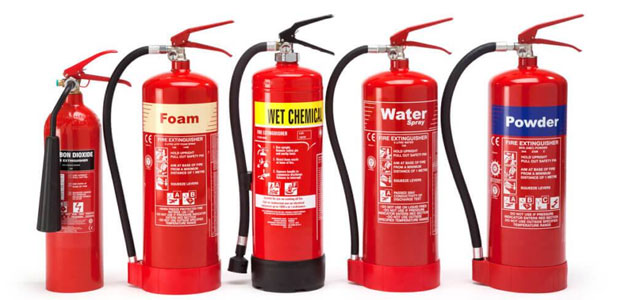
The Abcs Ds And Ks Of Fire Extinguishers Occupational Health Safety
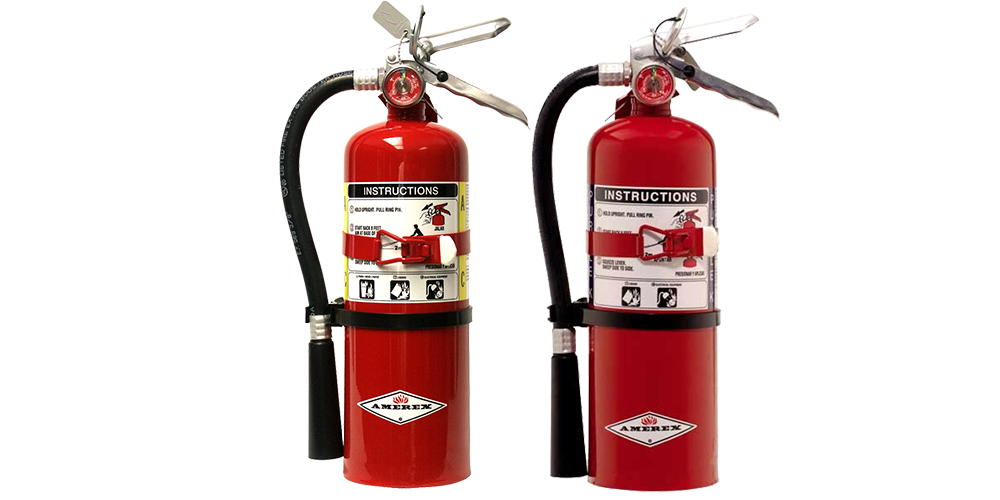
Types Of Fire Extinguishing Agents Choosing Fire A Extinguisher
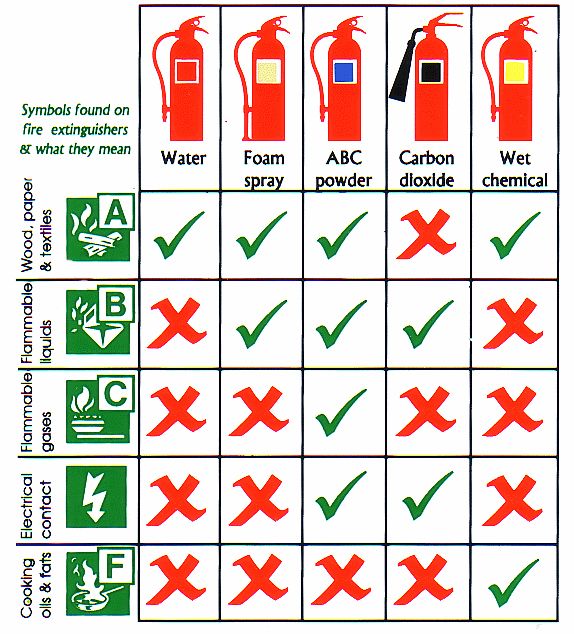
5 Types Of Fire Extinguishers A Guide To Using The Right Class

Abcs Of Fire Extinguishers Fire Prevention Services The University Of Texas At Austin

Ansul K Guard Wet Chemical Class K Kitchen Extinguisher 6 Liter Capacity

What Is A Class K Fire Extinguisher Used For

Classification Of Fire And Hazard Types As Per Nfpa Enggcyclopedia
